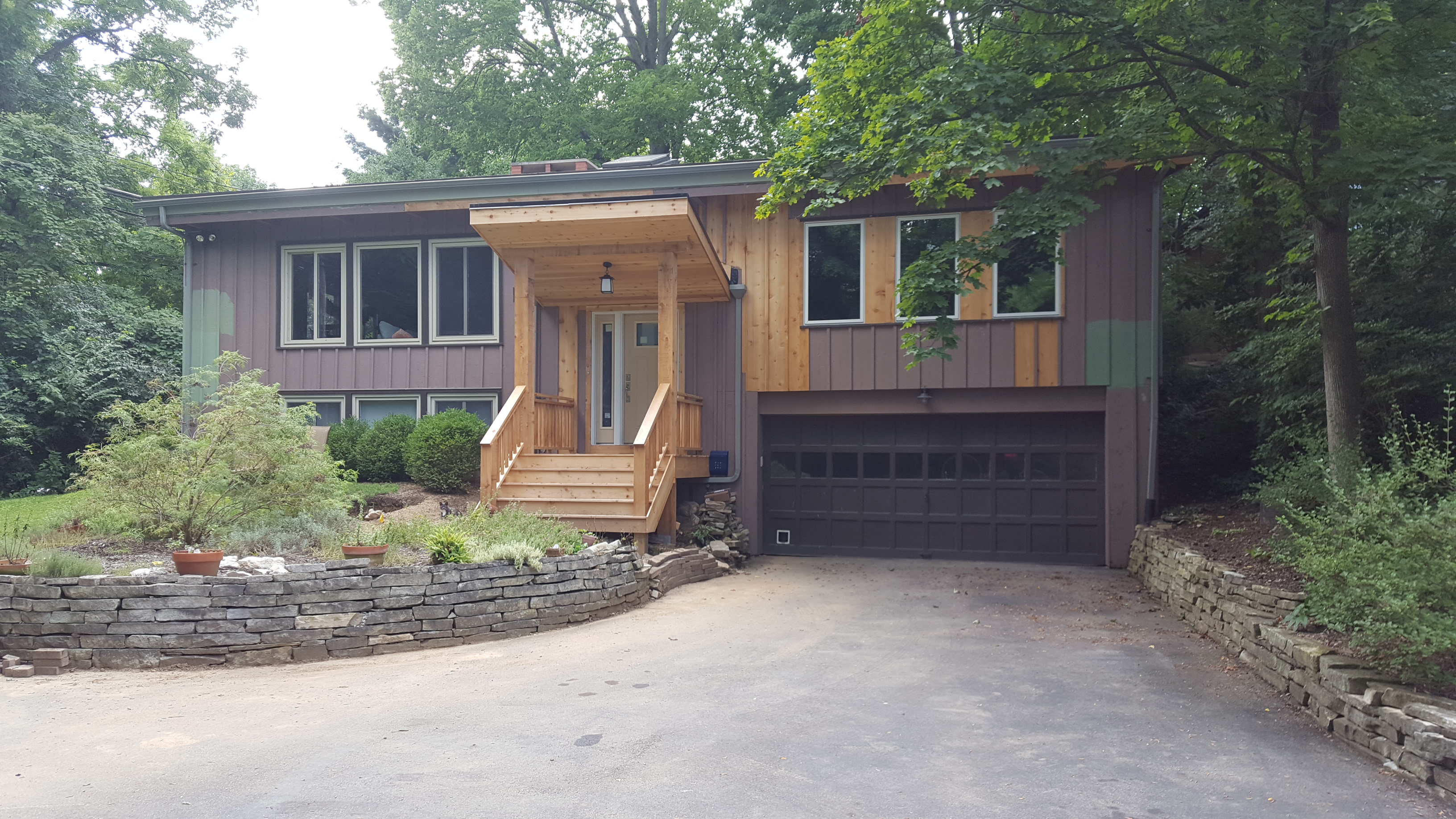
Remodeling ROI – 9 Unconventional Home Improvement Ideas
Conventional wisdom, as it relates to home improvement ideas, is often too much convention and not enough wisdom.
Every year, somebody publishes a “remodeling return on investment” list of which conventional home improvement ideas will give you the best (or the worst) remodeling ROI.
Update a bathroom. Replace your siding. Don’t build a swimming pool. Paint everything neutral colors.
Sit up straight. Get a haircut. Call your mother.
If “return on investment” (ROI) is the main reason why you bought a home, or why you’re remodeling one, you can stop reading now. Because the rest of this article isn’t for you.
Three, two, one…still here?
You invest in your home to improve livability first, not value. If you get more value in the process, consider it a bonus, but don’t make remodeling return on investment your prime directive.
Otherwise you’ll end up like the potential client that came into my office a few years ago with a three-page single-spaced typewritten (as in made with a “typewriter”) list of things he wanted in his house.
His list included this line: “A large dining room, near the kitchen. Although we don’t need or want a dining room.” Why would he want to build a room he didn’t need?
Because he’s thinking of things to make the house valuable, instead of things to make it livable.
So let me rephrase the remodeling-ROI question this way: what are some cost-effective home improvement ideas that increase the livability of your house?
Here’s my short list:
1. Walk-in pantry instead of kitchen cabinets
Kitchen cabinets are expensive. Half of them are up high on the wall where they’re hard to reach, and the wall space they take up could be better used for windows. A pantry takes up less space, stores a lot more, is much easier to use, and costs less to build.
2. Comfortable shower instead of big bathtub
My firm does a lot of work in late-70s/early-80s neighborhoods that are loaded with huge tubs. We’re taking them all out, one at a time, and replacing them with comfortably-sized showers (not the racquetball-court sized ones you see in home shows) that people actually use every day.
A shower takes up less space, uses less hot water, and is far more sanitary than a big tub.
3. Group windows together facing best views instead of scattering them around the house
Got a great view somewhere? Bring it into the house with lots of glass. Take excess windows from bedrooms and baths and use them to connect the inside of the house with the outside.
We once remodeled a house on the coast of Lake Erie that had one window – one – facing the lake. Hey pal, did ya notice the Great Lake in your back yard?
4. Keep ceiling heights reasonable for the room size
“Volume” ceilings do not automatically make better rooms. They just make taller rooms. Rooms that are harder to decorate and more expensive to heat and cool. Instead, focus attention on a view, a large fireplace, or other element and away from the ceiling height. Use wall trim and multiple paint colors to break up the volume of the room and create the illusion of height.
5. Spend more time planning, and less money building
I toured a client’s existing home before we began designing the new one. “Of course,” she said as we peeked in on the kids’ rooms, “these bedrooms are way too small.” Really? I thought. The smallest was probably 14’ x 15’. But each bedroom had at least one door or one window on each wall.
Pretty, but the design left little room for furniture.
I suggested we more carefully design the new bedrooms – keeping the furniture placement in mind. In the end, we were able to easily accommodate each child’s bedroom furniture comfortably in smaller bedrooms that what they’d had before.
6. Consider the simple elegance of the box form house
Subtlety and restraint used to be virtues in home design. These days, far too often, inexperienced designers attempt to attract attention to their homes by adding more stuff…more gables, more materials, more bays, etc. Others know that proper proportion, scale, and details are what turn heads.
The simple box house is a classic American form that’s survived 150 years of stylistic changes. Greek Revival, American Four-Square, Tidewater Georgian…all simple boxes. Great proportions, great details…done.
And here’s a bonus – the box form is easier and cheaper to build, and because it encloses a larger volume in less perimeter, it’s less expensive to heat, cool, and maintain.
7. Share part of the master bath
This isn’t for everyone, but it really tightens up the budget and the floor plan. Make the toilet and a sink in the master bath accessible to the rest of the house, instead of building a separate half bath – it won’t be used much by you during the day, and rarely by guests at night.
Why have two baths when one will do?
8. Spend it when you have it, not before
Sure, it’d be great to have those granite countertops now, but your budget’s tight and granite is ten times the cost of laminate tops. So how about putting in nice laminate tops now, and replacing them with granite in five years when you have the cash? You can easily do the same with light fixtures, flooring, window treatments…
9. Compartmentalized bath – two baths in the space of one and a half
Each kid doesn’t need his/her own bath, but they do need privacy and room to share. A compartmentalized bath puts two sinks in one room and the toilet and tub/shower in another – so three kids can use the bath at once and keep a little more harmony in the family home.
I doubt any of these home improvement ideas will ever make a magazine’s list of “Best Remodeling ROI” projects. But every one saves you money over a more “conventional” design strategy, and every one increases the livability of your home.



My wife and I built in 2010 and did almost everything you mention: it is a foursquare big box, the windows concentrated on the view, lower ceilings, etc.
We did not share the master bathroom!
I just wanted to suggest a few other ideas that helped us a lot. First, finish the kitchen, everything else can wait. We poured all our money into kitchen cabinets and counters and appliances and it has worked beautifully. We’re finishing the rest when we can (e.g., replacing MDF trim with wood), but the kitchen is where we live.
Second, on the kids’ bathrooms, my wife designed a room like you suggest, but she separated the shower and toilet into 2 separate rooms. This works beautifully for our large family.
Third, hardwoods rather than carpet. We put carpet upstairs and almost immediately regretted it. It wears out so quickly!
Definitely agree with you on #5. You don't want any surprises once the walls go up! It's much easier to redraw a plan than rebuild a house.
Hi Richard. What you put forward in this article is so true and makes so much sense. Not the kind of stuff they teach you in the architecture schools… This is the kind of things I always tell clients…
Clearly though, this kind of very personal design service is where Residential Architects provide great benefits to clients. More and more acceptance of this every day!
Richard, great advice, easy to understand, but hard for many people to accept. I think it is a great list.